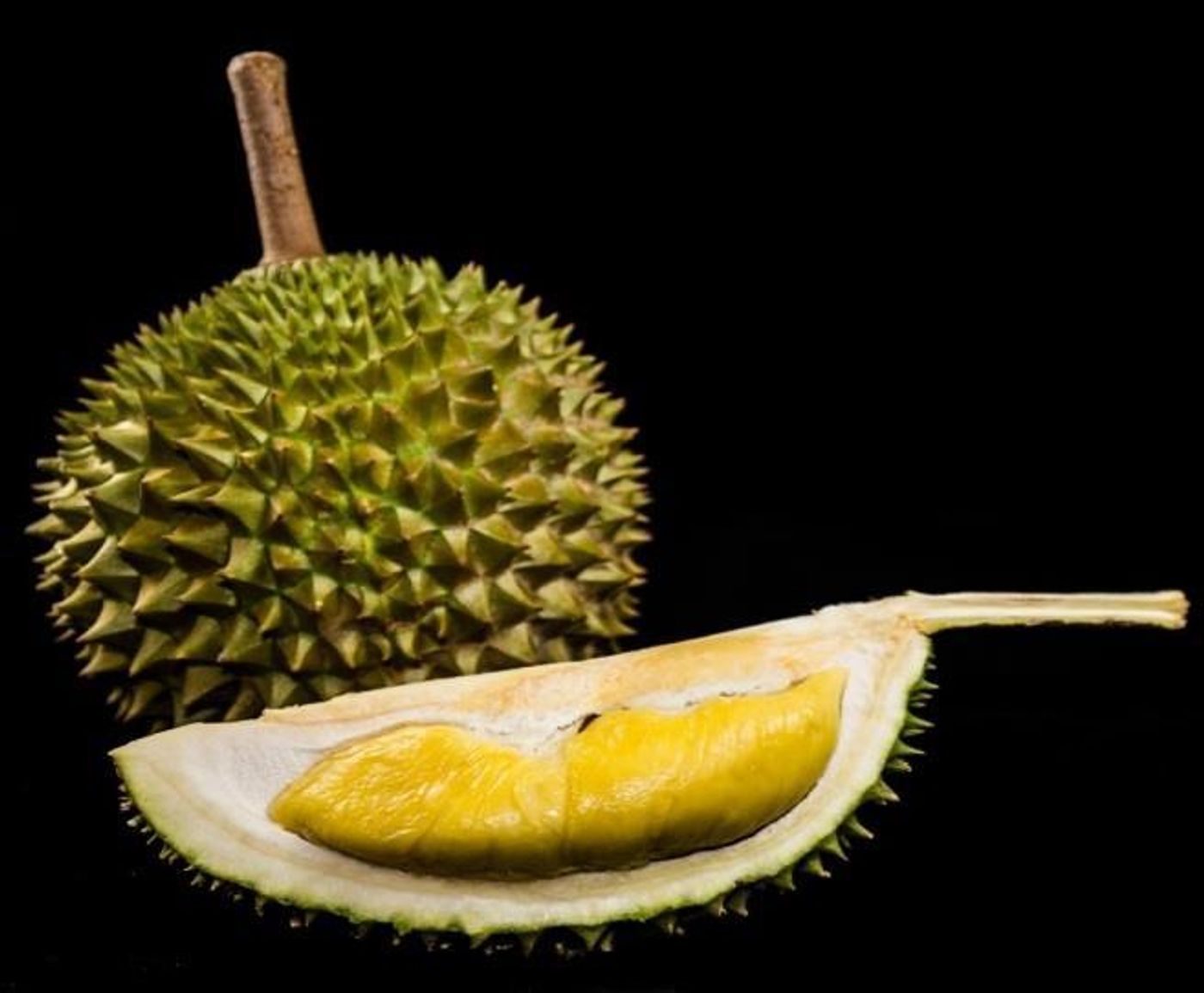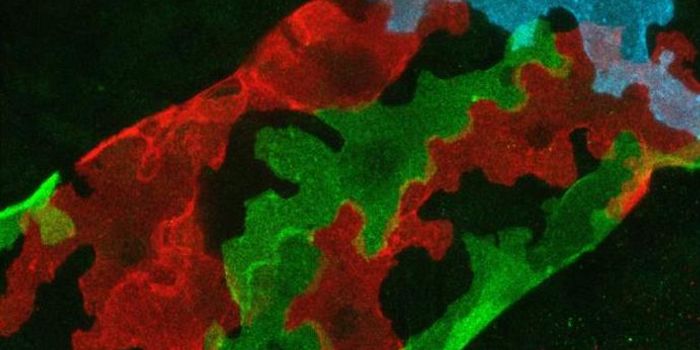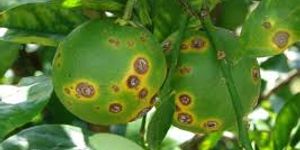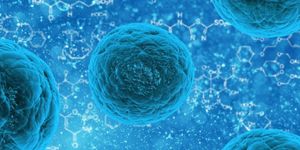Durian Fruit Genome Reveals Clues to Famous Smell
Durian is a favorite fruit in Asia, nicknamed the king of fruits. Its popularity has generated research interest, with an international team of scientists collaborating to sequence its genome. Funded by private donations from durian lovers, this work satisfies scientific curiosity borne out of a love of the fruit. The investigators, from Humphrey Oei Institute of Cancer Research, National Cancer Centre Singapore (NCCS) and Duke-NUS Medical School, Singapore have donated their data to the Singapore National Parks Board and reported their findings in Nature Genetics.
"Being a geneticist, I was naturally curious about the Durian genome - what gene causes its pungent smell? How did its spiny husk arise?" inquired the co-lead author of the work, Professor Teh Bin Tean, the Deputy Director of the National Cancer Centre Singapore, and a lover of durian.
The durian they chose for this work is known for its extraordinarily potent aroma and delicate texture, the Musang King variety (Durio zibethenus). With cutting-edge sequencing tools, the scientists determined that 46,000 genes are in the durian genome, around double that of humans. This data enabled the researchers to trace the evolution of durian, back 65 million years to the cacao plant, which creates cocoa and ultimately, chocolate.
Naturally, there was a lot of interest in finding the source of the legendary smell of durian. The team compared gene expression patterns from various pieces of the durian plant, like roots, leaves, and fruit. They found a group of genes called methionine gamma lyases (MGLs), which regulate the synthesis of odiferous volatile sulfur compounds (VSCs).
"Our analysis revealed that VSC production is turbocharged in durian fruits, which fits with many people's opinions that durian smell has a 'sulphury' aspect," explained co-lead author Professor Patrick Tan of Duke-NUS Medical School. The team suggested that the smell might be necessary to wild durians; attracting animals to eat the fruit and spreads the seeds will help the fruit disseminate.
This work can now be used to inform research on other plants and fruits, especially ones that may help us create new medicines.
"There is a long and distinguished history of medicines being discovered from plants. The best example is Taxol, the well-known drug used for treating breast cancer, and it is originally derived from the bark of the Pacific yew!” exclaimed Professor Soo Khee Chee, Director of the National Cancer Centre Singapore.
There are more than 25 other species of durian; some are not edible while some are, said the team. "Many of these other durian species are in this part of the world and sadly some are endangered due to the increasing loss of biodiversity. DNA sequencing is thus an important tool to protect the precious information contained in these fascinating and important plants," concluded Professor Teh.
Durian has a smell strong enough to earn it a ban on public transportation in many parts of the world. Sometimes compared to an old gym sock, it is memorable. Learn more about it from the video above by PBS Digital Studios.
Sources: AAAS/Eurekalert! Via SingHealth, Nature Genetics









